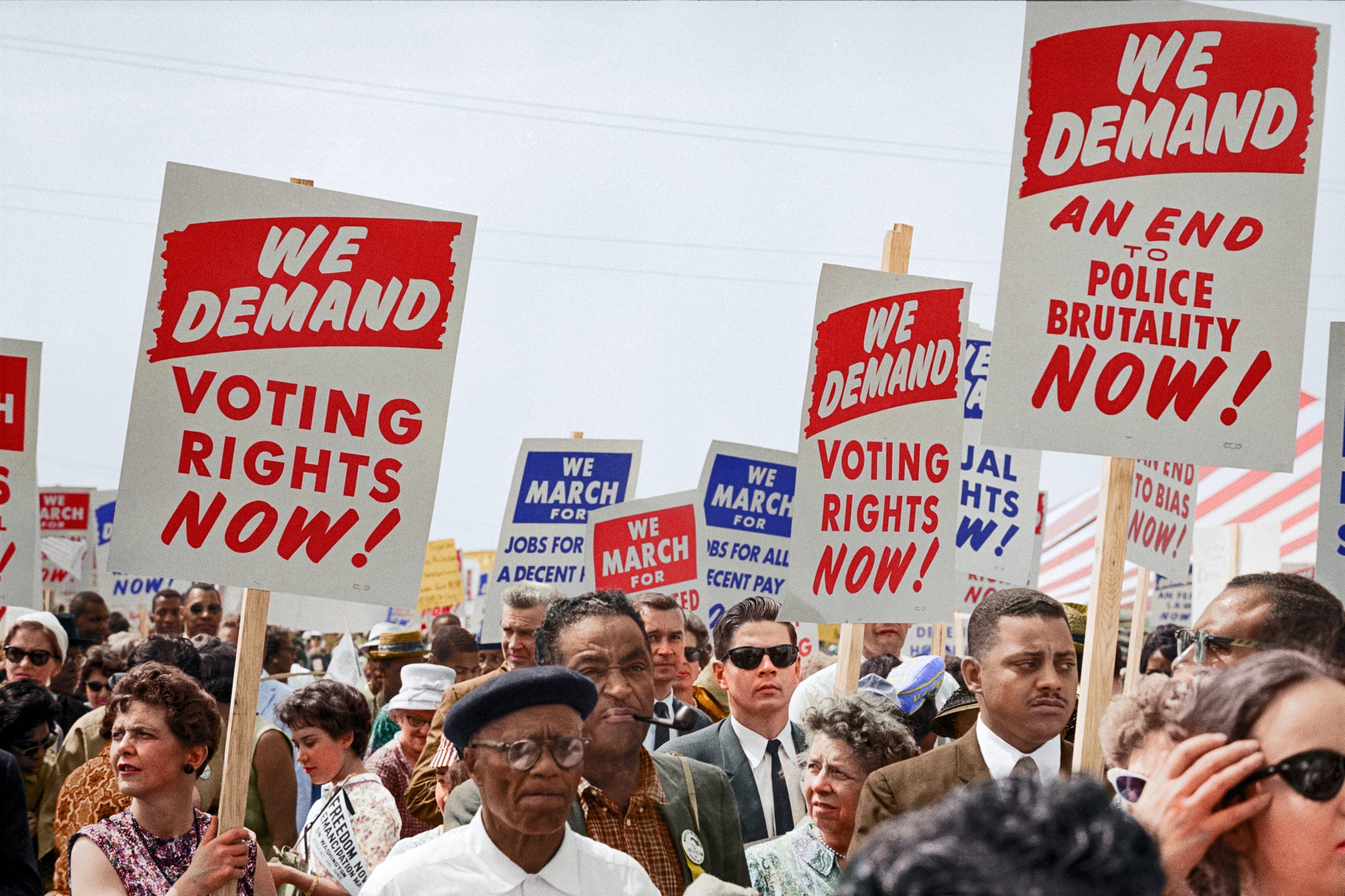Are you familiar with the concept of legal precedent? It’s a fundamental idea in the world of law that has been shaping how cases are decided for centuries. Precedent refers to previous court decisions that serve as examples and guidance for future cases. In other words, it’s all about learning from history to inform the present and shape the future. In this blog post, we’ll explore why precedent is so important, how it’s used in modern courts, and some notable cases where precedent played a significant role. Get ready to discover the power of legal history!
The Importance of Precedent
Legal precedent is crucial to the functioning of modern courts. Simply put, it provides a set of guidelines for judges and lawyers to follow when making decisions about new cases. Precedent is especially important in common law systems such as those used in the United States and many other countries.
One reason why precedent is so important is that it ensures consistency in judicial decision-making. When judges rely on previous rulings, they are less likely to make arbitrary or inconsistent decisions based solely on their personal opinions or biases.
Furthermore, precedent promotes stability and predictability within the legal system. By relying on established precedents, lawyers can advise their clients more effectively about the potential outcomes of a case. This allows individuals and businesses to plan ahead with greater certainty.
However, this does not mean that precedent always leads to predictable outcomes; there are often multiple ways that a past ruling could be interpreted or applied in a new case. Additionally, some argue that excessive reliance on precedent can stifle innovation and progress within the legal system.
Despite these concerns, most experts agree that without legal precedent our court systems would be much less effective at achieving justice for all parties involved.
How Precedent is Used in Modern Courts
Precedent is a powerful tool used by the courts to guide their decisions. In modern courts, judges rely heavily on past cases to determine how they should rule in current cases. They look at similar situations that have arisen in the past and use those rulings as a basis for their own decision-making.
When considering precedent, judges must first determine if the prior case is relevant to the current one. They will consider factors such as how similar the facts are and whether or not there has been any significant legal or societal changes since the previous ruling.
Once a judge determines that a prior case is relevant, they will then apply its reasoning and outcome to the current situation. This means that if a court ruled one way in a previous case with similar circumstances, it is likely they will rule similarly again.
However, it’s important to note that precedents can be overturned or distinguished by later cases with distinct differences. This allows for flexibility within our system of law and ensures that legal decisions stay up-to-date with changing times.
Precedent plays an integral role in modern courts by providing guidance for decision-making while still allowing for flexibility when necessary.
Some Notable Cases Where Precedent Was Used
In the legal world, precedent plays a crucial role in shaping modern cases. It serves as a guide for judges and lawyers to understand how similar cases were handled in the past and how they should be resolved now. Let’s take a look at some notable cases where precedent was used.
One such case is Brown v. Board of Education (1954), which challenged racial segregation in public schools. The Supreme Court ruled that “separate but equal” policies were unconstitutional, overturning Plessy v. Ferguson (1896). This landmark decision paved the way for desegregation efforts across various sectors.
Another example is Roe v. Wade (1973), where the Supreme Court legalized abortion nationwide based on an individual’s right to privacy protected by the Fourteenth Amendment. This decision set a precedent for subsequent reproductive rights cases.
A more recent case involving precedent is Obergefell v. Hodges (2015), where the Supreme Court extended marriage equality throughout all fifty states under the Equal Protection Clause of the Fourteenth Amendment, building upon prior rulings such as Loving v. Virginia (1967).
These are just a few instances demonstrating how legal history shapes modern-day decisions through established precedents that help guide courts towards just outcomes based on previous interpretations of law and constitutional principles
Conclusion
The power of precedent cannot be overstated. Legal history has a profound impact on modern cases, and judges often rely heavily on past decisions to guide their rulings. By examining how precedent has been used in notable cases, we can see how it shapes our legal system and ensures that justice is served fairly and consistently.
As society continues to evolve and new challenges arise, the importance of precedent will only become more apparent. It provides a stable foundation for our legal system while allowing room for growth and adaptation as needed.
Whether you are involved in a legal dispute or simply interested in understanding how the law works, studying legal history and precedent can be incredibly informative. By learning from the past, we can create a better future – one where justice prevails for all.




